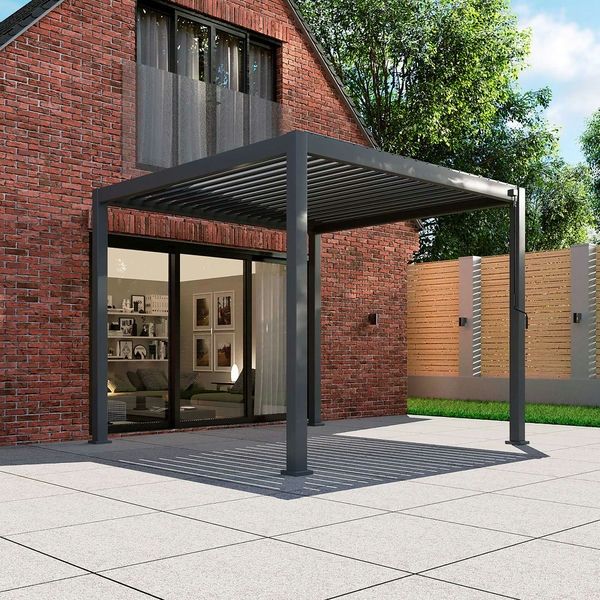15 Essential Tips for Planning Your Garden Structure Project

Garden structures like pergolas, garden arches, and arbours can transform your outdoor space into a charming and inviting retreat. These architectural features not only add aesthetic appeal but also provide functional benefits, such as shade and support for climbing plants. Planning your garden structure project requires careful consideration to ensure a successful and enjoyable outcome. Here are 15 essential tips to guide you through the process.
1. Define Your Purpose
Begin by clarifying the purpose of your garden structure. Are you creating a cosy seating area, an enchanting entryway, or a space for outdoor dining? Knowing your objectives will help you make informed decisions throughout the planning process.

2. Choose the Right Location
Selecting the ideal location is crucial. Assess factors like sunlight exposure, views, and how the structure will fit within your garden's layout. Ensure it complements your existing landscape and doesn't obstruct paths or other focal points.
3. Consider Materials
The choice of materials plays a significant role in the aesthetics and durability of your garden structure. Options include wood, metal, vinyl, and composites. Consider your personal preferences when making this decision.
4. Match the Style
Harmonize the style of your garden structure with your overall garden design. Whether your garden has a classic, modern, rustic, or eclectic theme, make sure the structure complements it seamlessly.
5. Scale Appropriately
Pay attention to the size and scale of your garden structure in relation to your garden's dimensions. It should feel proportionate and balanced within the available space.
6. Plan for Climbing Plants
If your structure will support climbing plants, plan for garden planters nearby. Choose plants that thrive in your climate and will enhance the aesthetics of your garden structure.
7. Establish a Budget
Set a clear budget for your project. Account for materials, labour, permits (if necessary), and any additional features or accessories you want to include.
8. Check Local Regulations
Before you begin construction, verify if any local regulations apply to your garden structure project. Compliance with zoning laws and building codes is crucial to avoid future issues.
9. Factor in Maintenance
Different materials have varying maintenance requirements. Consider how much time and effort you're willing to invest in upkeep, and select materials accordingly.
10. Decide on Construction
Determine whether you will undertake the construction yourself or hire professionals. If you choose the latter, seek experienced contractors who specialize in garden structures.
11. Incorporate Lighting and Accessories
Enhance the ambience of your garden structure with appropriate lighting, especially if you plan to use it in the evening. You can also consider adding accessories like comfortable seating, cushions, or decorative elements to make the space inviting.
12. Think About the Environment
Consider the environmental impact of your choices. Opt for sustainable materials, explore rainwater harvesting options, or use solar-powered lighting to make your garden structure project eco-friendly.
13. Long-Term Vision
Consider your long-term goals for the garden structure. Do you intend for it to be a permanent fixture, or would you like the flexibility to modify or remove it in the future?
14. Seek Inspiration
Browse through gardening magazines, and online resources, or visit garden centres to gather inspiration for your project. Visualizing the possibilities can help you refine your ideas.
15. Plan for All Seasons
Ensure your garden structure is suitable for year-round use. Consider how it will perform in different seasons and weather conditions to maximize its functionality.
By taking these 15 tips into account, you'll be well-prepared to embark on your garden structure project. Whether you're creating a serene oasis or a captivating entrance, these elements will not only enhance your garden's appeal but also provide a space where you can relax and enjoy the beauty of the outdoors.



